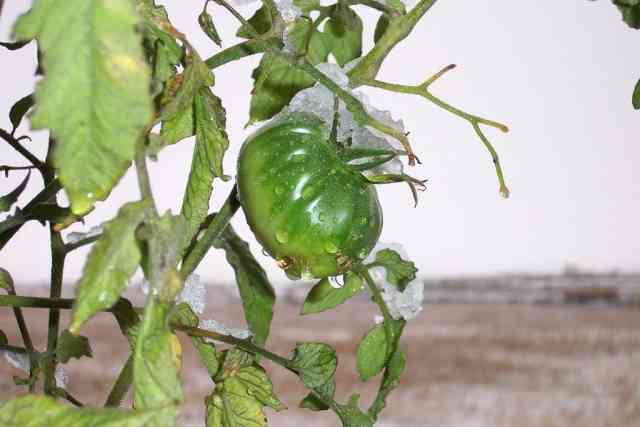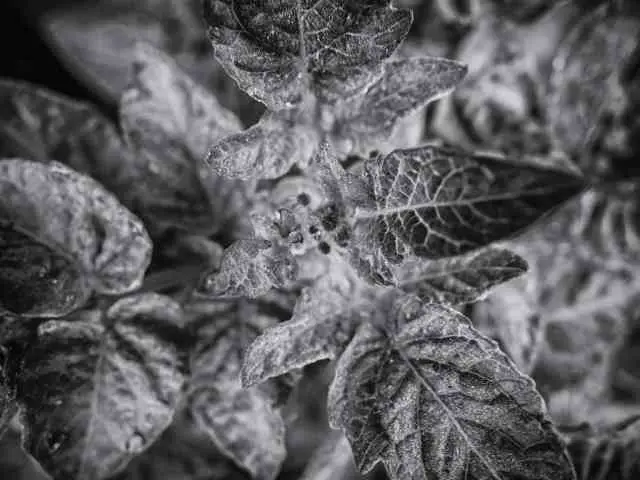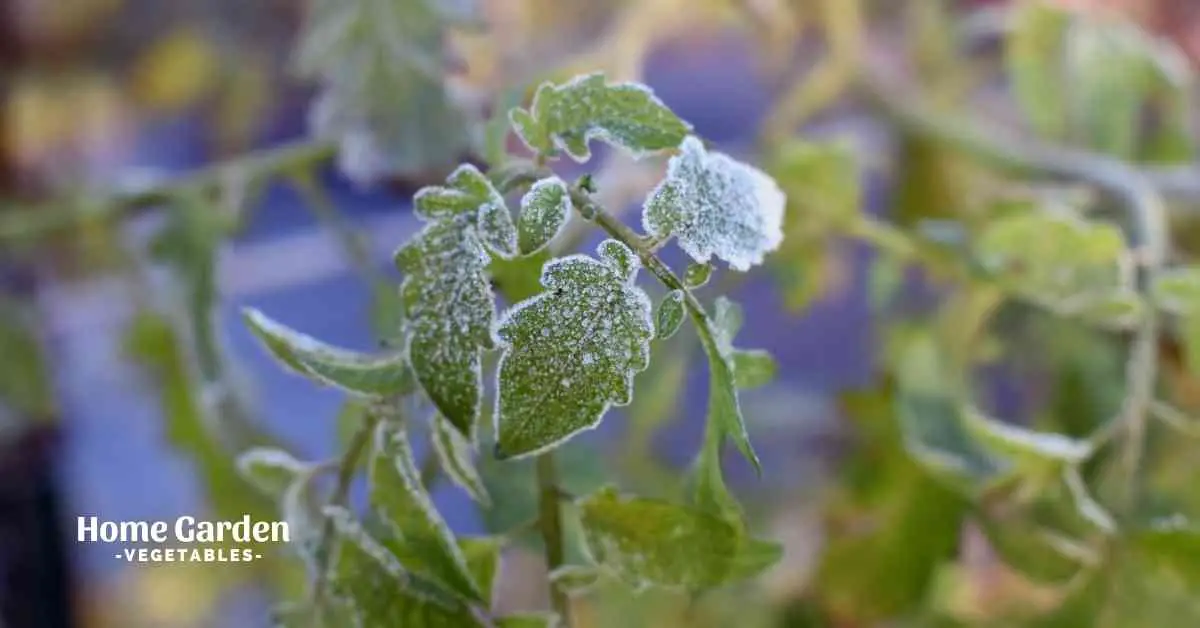Tomatoes are the most popular varieties to grow in home vegetable gardens in spring. These heat-loving vegetables are planted in the garden after all dangers of frost have passed and the soil is nice and warm for the seeds to germinate and the seedlings to thrive in. Besides warm temperatures, they need rich soil, full sun and consistent watering. There are several factors to keep in mind when growing tomatoes if you want to harvest loads of those big, juicy, red treats. Temperature tolerance is an important factor to keep in mind. Even the slightest shift from the ideal range of temperature can cause major consequences on the health of your tomato plants and the harvest.
Continue reading to understand what is the coldest temperature tomato plants can handle to make sure your plants don’t suffer any damage with the onset of the cold weather.
Reader Poll: What online courses would interest you?

What Is The Coldest Temperature Tomato Plants Can Tolerate?
Tomatoes are known to survive temperatures as low as 33°F. Temperatures lower than this limit can kill the plant and any fruit that’s set on it. Though 33°F is the lower limit of the temperature that plants can handle without getting killed, if the temperature goes below 50°F and the plants aren’t protected, they will start showing a range of growth problems. The yield will undoubtedly be affected too.
What Problems Do Tomato Plants Experience As A Result Of Cold Temperatures

If the temperature is below 32°F, it is considered a freeze or frost and is likely to kill tomato plants unless they are protected.
On the other hand, if the temperature dips below 40°F, the plants will likely survive, but will show many growth problems. Stunted growth, wilting of leaves and pitting of fruits are some of the common problems experienced by tomato plants exposed to temperatures below 40°F.
Subscribe to our newsletter!
Below 50°F, tomato plants will suffer from a reduced pollen production. With less pollen to pollinate the female flowers and set fruit, you’ll notice a reduction in the yield of your tomato crop. Catfacing of fruits is also common in tomato plants that are exposed to low temperatures later in the season.
If the temperatures are below 55°F, tomato plants may experience delayed growth and a lower yield of fruits. A condition known as vivipary, which is the sprouting of seeds inside the tomato fruits, may also occur at these temperatures.
What Is The Ideal Temperature For Tomatoes?
Now you know all the problems your tomato crop may experience if it’s exposed to temperatures below 55°F, not to mention they’ll fail to survive below 32°F.
The next thing you might be wondering is what’s the ideal temperature range for tomatoes? Tomatoes are a warm weather crop that require a minimum of 3 to 4 months of warm, fairly dry weather to deliver their best. Tomato seedlings do best when the temperatures are maintained consistently between 58°F to 60°F. Most gardeners start tomato seedlings indoors or in greenhouses so they can develop stronger in the ideal temperatures before transplanting them outside after all dangers of frost have passed.
When transplanted outdoors, tomatoes prefer fertile soil and full sun, with nighttime temperatures between 59°F and 68°F and daytime temperatures between 70°F and 85°F. For the development of red color on the ripening fruits, the temperature should ideally be in the range of 68°F to 75°F.
When the temperatures fall outside the ideal range, or rise beyond the upper limit, the result will appear in the form of weaker plants and poorer yields as you’ve already seen earlier in the post.
How To Protect Tomatoes From The Cold?
Tomatoes will need some extra care if the temperatures are colder than they can thrive in. Here are some tips to keep them healthy and productive through the cold climate.
- Grow cold-tolerant varieties if you live in a cold climate. Celebrity, Gold Nugget, and Husky Gold are some of the varieties that will produce well despite the cold. Early maturing, or short-season varieties, such as Early Girl, are also good options for gardeners with shorter growing seasons.
- Keep the plants well-hydrated because water-stressed plants are more prone to frost damage and heat-stress.
- If frost or cold temperatures are forecasted for the night, cover your plants with clear plastic or tarp in the evening and remove the cover in the morning or as soon as temperatures rise above 50°F so they can benefit from the warmth and sunlight. Make sure the plastic does not come in contact with the tomato plants.
- If you want to add extra warmth under the covering for your tomato plants, line the inside of the tarp of plastic covering with a string of christmas lights. They might just add enough warmth to the space to keep your plants blooming and fruiting.
- Grow tomatoes in containers since they can be moved indoors if frost is forecasted in the coming days.
- In regions with cold climates, growing tomatoes in greenhouses is a good option since it allows you to control the temperature at just the right levels for blooming and fruiting.
- Growing tomatoes in raised beds is cost-effective for growing tomatoes outdoors in regions with shorter growing seasons since the soil in the raised bed typically warms up much faster in spring than that in the surrounding garden beds.
- Other than choosing the right cultivars, you need to plant the seeds at just the right time for the plants to mature and bear fruit before the cold winter temperatures set in. Choose a cultivar suited to your region, find out the days to maturity for that cultivar and then schedule the planting date accordingly.
Conclusion
So you know that the coldest temperature that tomatoes can handle is 33°F. Still, you can’t expect a successful crop unless the temperatures are maintained between 60°F and 85°F. Plant cultivars suited to your climate, choosing the correct date to set the seeds in the soil and protect the plants against cold if low temperatures are forecasted in the future. With all the tips you’ve learned in this post, you’ll surely secure a hefty crop this season!

